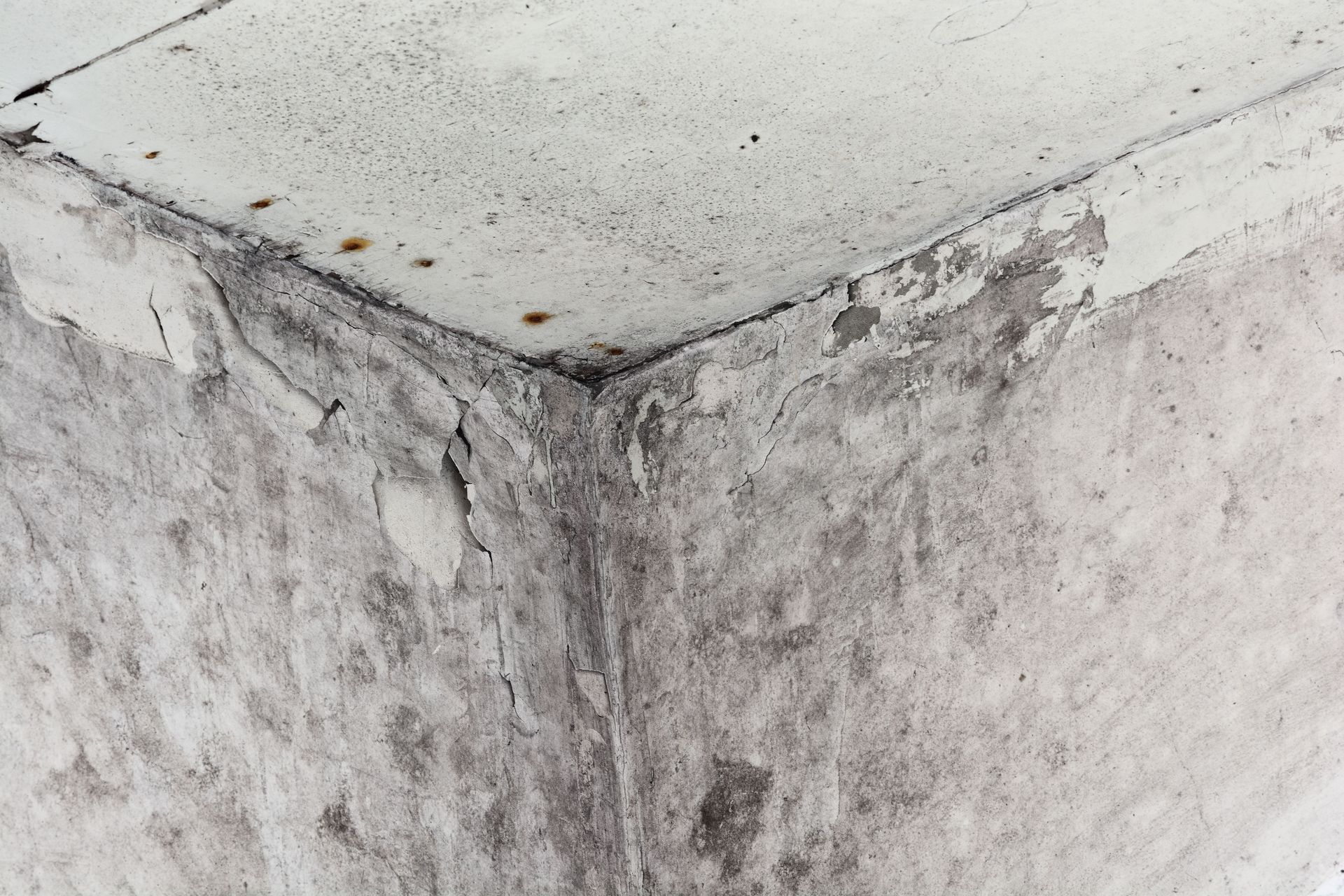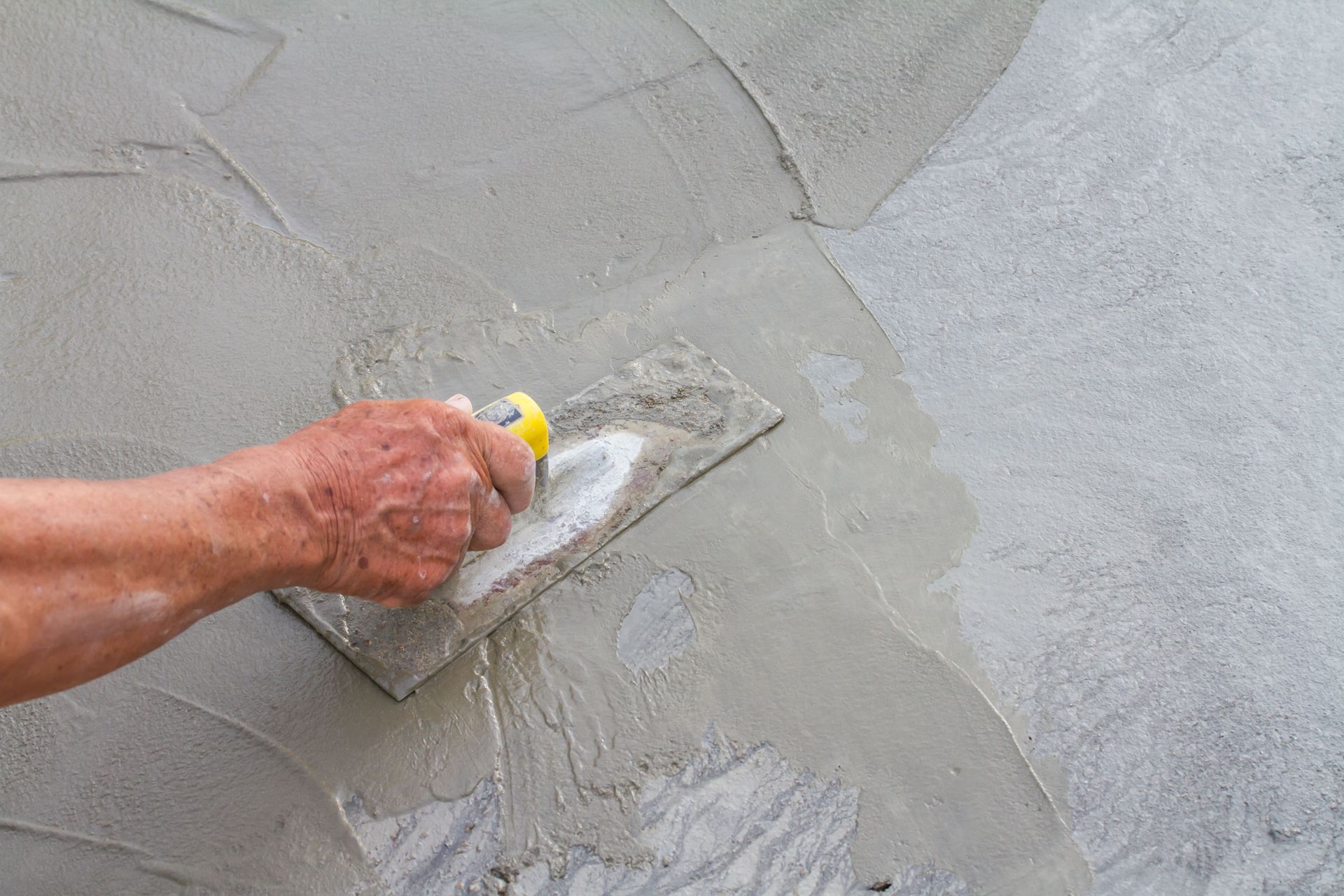Serving Milford and the Surrounding Areas
Specializing in Masonry Repair & Restoration Since 1986
What You Should Know About Historic Masonry Restoration
Historic masonry buildings have different types of issues that engineers, architects, contractors, and owners can find a bit difficult to evaluate and address. According to Masonry Magazine, buildings that fall into this category are at least 50 years old and should have an architectural or cultural significance. To ensure that these builds stay relevant now and in the future, some upgrades and modifications need to be made. Properly designed and thoughtful restoration processes can preserve the integrity of these buildings, so they can continue their lives for many more years. Here are some things you may need to know about historic masonry restoration.
Common Deterioration
Historic builds are typically strong when it comes to handling compression forces. However, most are susceptible to tensile stress. This is why most of the damage observed includes cracking or scaling. One of the most common causes of deterioration is water infiltration. This is especially a problem with buildings that weren't designed with water management systems. When water freezes, ice expands within the masonry, and there is also corrosion of internal steel.
Historic Masonry Restoration Requires Permits
Before conducting a history masonry restoration, you will need a permit from the city. Even if all you need to do is paint the structure or fix cracks, it's important to apply for a permit before you start. This requirement is in place so that historical materials are preserved. The city will go over what you want to do to ensure that the character of the building will not be compromised. They will also want to verify that your repairs will not damage the site in any way. Once you get the permit from the city, you can proceed with your project.
Careful Repair
When conducting repairs on old structures, it's important to be extra careful so that no damage comes to the building. It's also important to preserve the appearance of the building so that it doesn't end up looking like it has newer stones or bricks added. The city will likely approve the project only if they know the types of stones or bricks you intend to use. This is done to preserve the original style of the building. A lot of the repairs will likely be due to the movement of bricks or stones and cracking as well. To fix this, bricks or stones can be repositioned and moved back into their original position so they flush with the rest of the wall.
These are some of the things you may need to know about the restoration of historic masonry. Get in touch with Elmwood Construction today to find out how to go about such projects.
MAILING ADDRESS
HOURS
HOURS
CONTACT US
Call or Text



Share On: